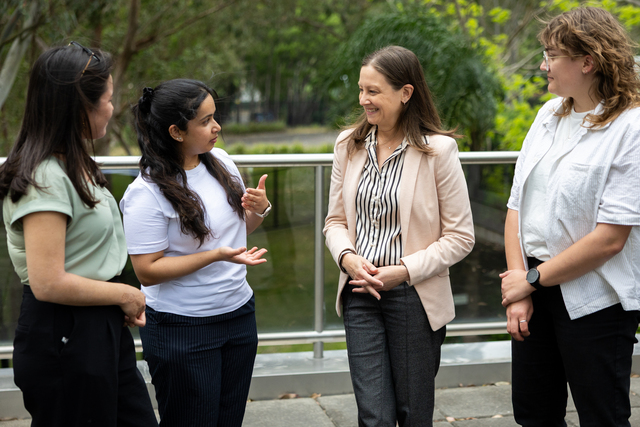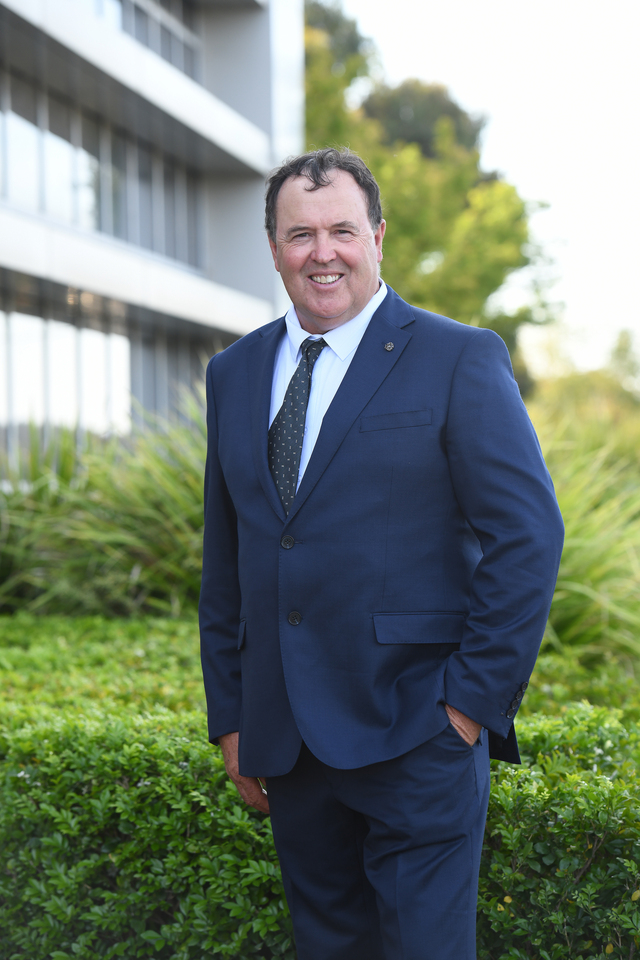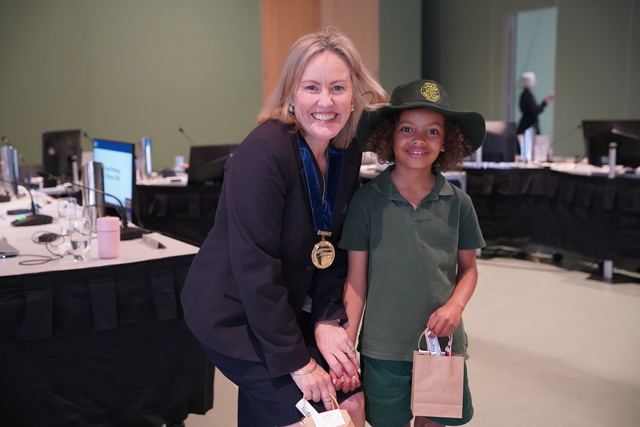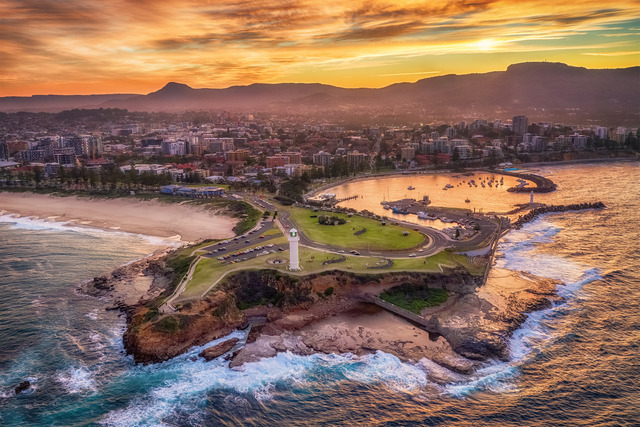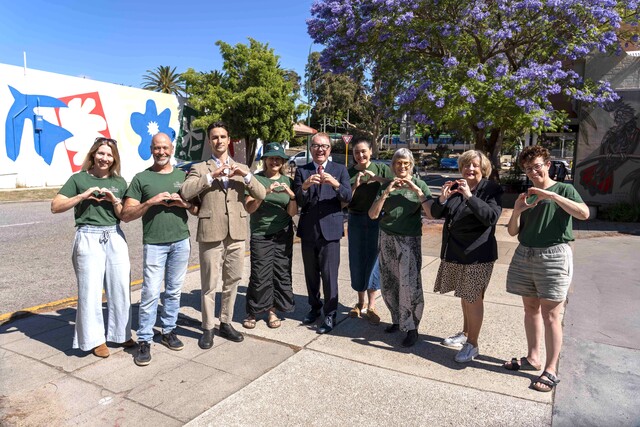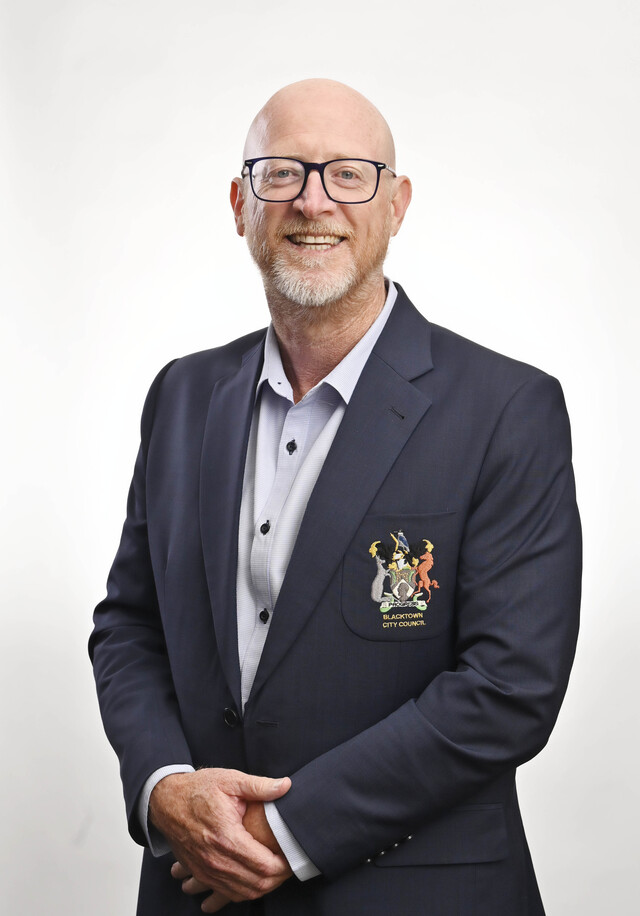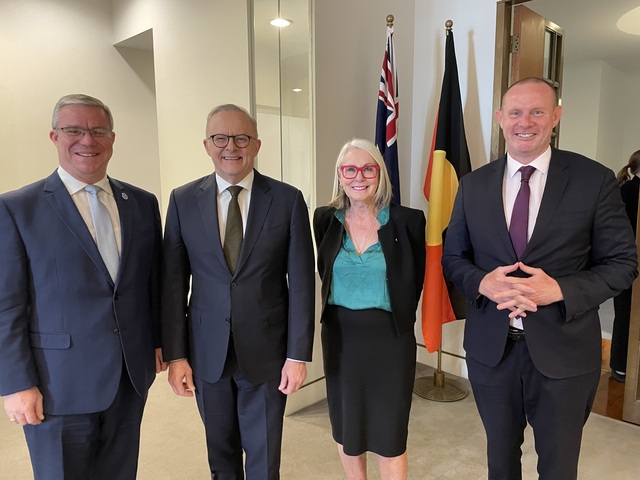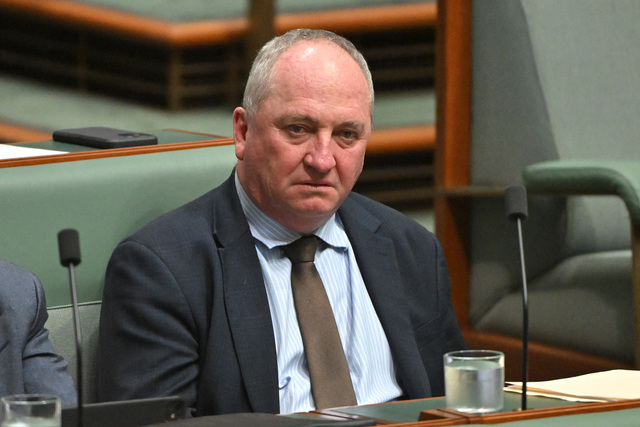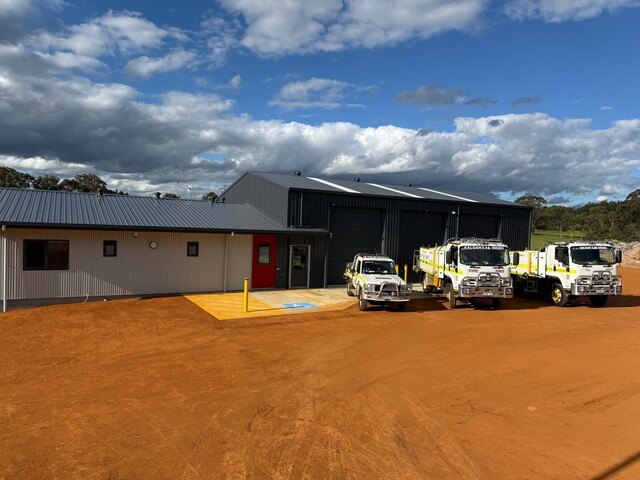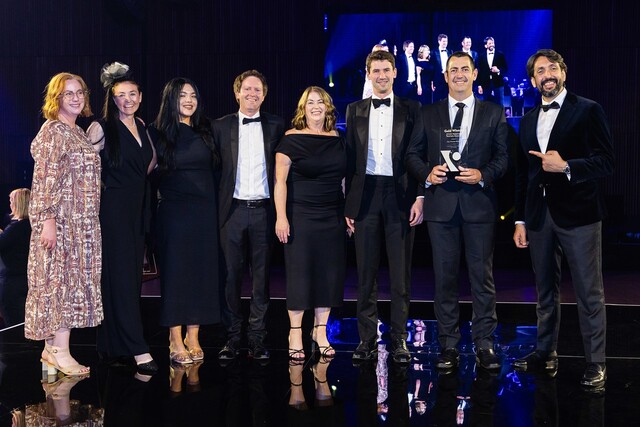The implementation of the Murray–Darling Basin Plan has left many communities struggling and local councils are calling for greater consideration from the Federal Government.
The Murray–Darling Basin has cropped up in headlines for all the wrong reasons recently.
The ABC’s Four Corners report, which aired in July, alleged that billions of litres of water had been illegally taken by rogue irrigators in the northern part of the river system. In August, Lateline highlighted further non-compliance issues.
Claims of wrongdoing aside, the attention thrust onto the Basin has raised questions about the overall efficacy of the Murray–Darling Basin Plan and local governments are seeking to have more involvement in its implementation.
The Basin stretches across a huge area: it spans four states and the ACT; and includes 167 local government areas.
Brought into legislation by the Gillard Government in 2012, the $13billion Basin Plan aims to recover 2750GL of water to save the ailing river system – while balancing the competing interests of upstream and downstream communities.
Independent agency the Murray–Darling Basin Authority (MDBA) is charged with developing and implementing the Plan on behalf of the Federal and State governments.
A peak body that represents Basin councils, the Murray Darling Association (MDA), has been vocal about the need for closer top-down consultation and is angling for a seat on the Murray–Darling Basin Authority Ministerial Council or Basin Officials Committee.
President of the MDA Councillor David Thurley said this would allow for better decision-making.
“In our view, it would mean local government’s voice is heard up front before decisions are made, not after decisions are made,” he said.
“Local governments have a long history of knowing what’s going on in their regions and a good understanding of what effects their communities, so the more you get from them, the better.”
The MDA represents over 100 member councils across the Basin and is divided into 12 regional groups.
Cr Thurley said the Plan is a necessary but difficult step for the river system: “There has been a lot of resistance and concern in local communities about the Plan. It was always going to be tough for some people.”
Like many areas, the Balonne region in southwest Queensland has taken an economic hit due to the contentious water recovery method of water buybacks.
As a result, local businesses have downsized and towns such as Dirranbandi have had families forced to leave the area and school numbers depleted.
“If you take productivity out of an area, people move away,” said Balonne Shire Mayor Richard Marsh.
“There has been significantly less production in the Dirranbandi area; you’re looking at something like 40,000 bails of cotton that will never come out of Dirran’ again and that’s about a $20million [decrease].”
Balonne Shire had hoped there would be no further buybacks in the area and that remaining water would be recovered by efficiency measures, but in mid-August it was announced the Federal Government would purchase a further 28GL of water from a large-scale irrigator in the region – with a price tag of $78.6 million.
The Shire said it was “blindsided” by the news and expressed disappointment that it was not given warning further buybacks were on the cards.
Mayor Marsh said he doesn’t expect local governments to be consulted on the exact details of the Government’s business dealings, but without prior notice, the Council can’t forward plan.
The mayor said there is a need for better socio-economic planning and more financial assistance for regions to manage the impacts of water buybacks.
He stressed this should not simply be a cash handout.
“I don’t want somebody given money when they’ve been damaged at the business level, when all that money will do is pay their rent for the next three years and they disappear after that.
“We need structural adjustment; we need investigation in new industries, in other things we can do – and it’s likely to be agriculture, but it may not be.”
In Victoria, Councillor Adrian Weston chairs the Group of Murray River Councils (MRGOC), a body representing six northern Victorian basin councils.
He said consultation from state and federal governments has been ongoing, but it could become a more formalised process.
“Generally, consultation has been adequate, but there have been times when it could have been sooner in the process … rather than at later stages when policy is more set in place.”
He said the group also works closely with its New South Wales equivalent, Riverina and Murray Regional Organisation of Councils (RAMROC), to understand the complex needs of river communities.
“There are two million people that reside in the Murray–Darling basin, so you’re probably going to get two million different ideas on how to think about things.”
Cr Thurley of the MDA said there has been no indication that local government body would be granted an ongoing seat at the Ministerial Council, but he is optimistic they are starting to be consulted more closely by the MDBA.
“There is some indication that they are realising that the MDA is a valuable resource and one way to help get their message out and to get feedback in, rather than having to tear all over the Basin themselves.”
In the lead up to Easter this year, the Murray–Darling Basin Authority announced it was going to cut flows to the Murray because there was low demand for irrigation.
Cr Thurley said local governments helped flag the negative impact this would have on river tourism, so flows were continued for the holiday period.
In March, the MDA, MRGOC and RAMROC were invited to a Ministerial Council round table in Mildura.
When contacted for comment, an MDBA spokesperson said the Authority would be opening expressions of interest for its 16-member Basin Community Committee in September. The spokesperson said: “The MDBA is particularly interested in community members with local government experience.”




